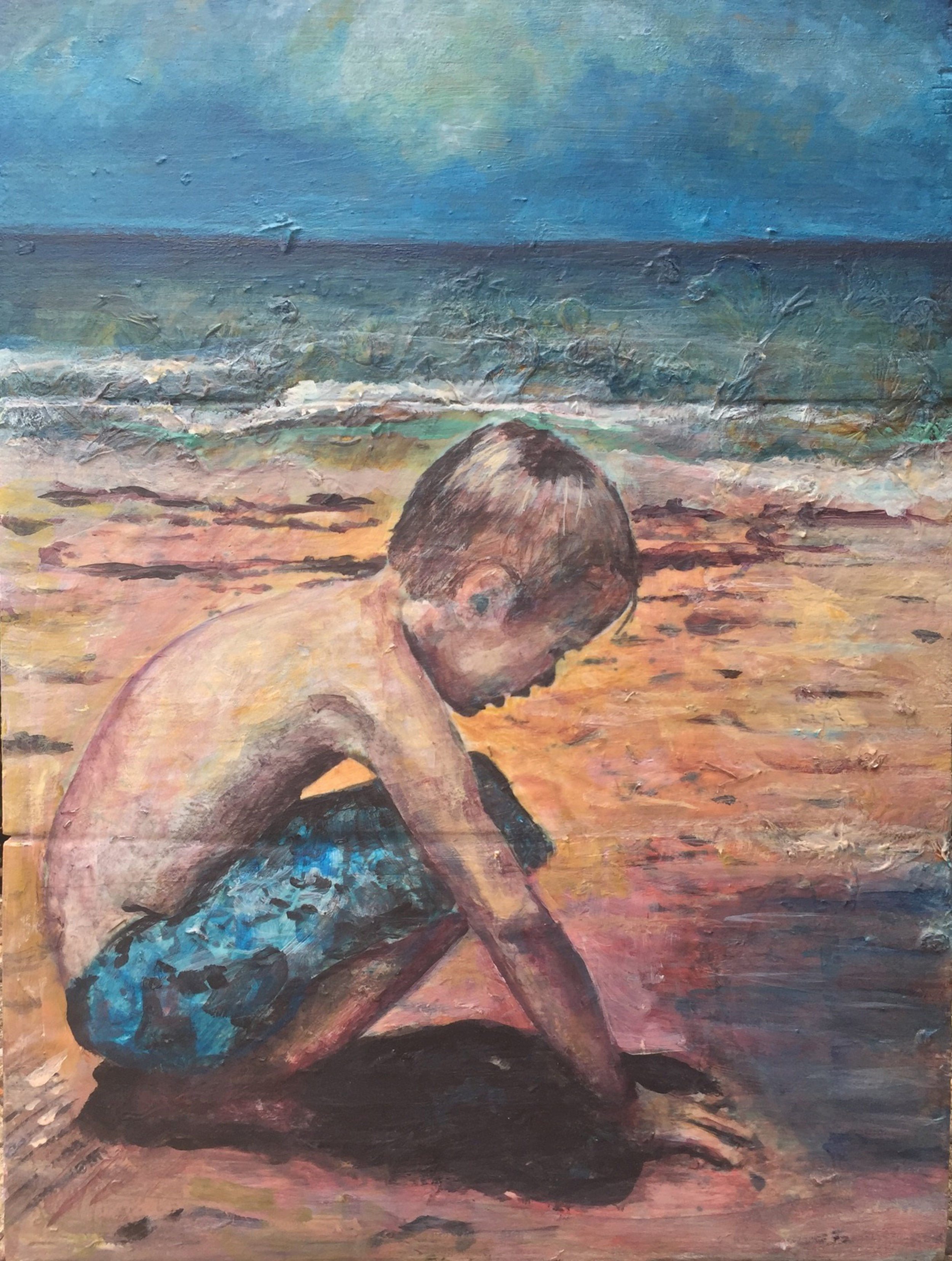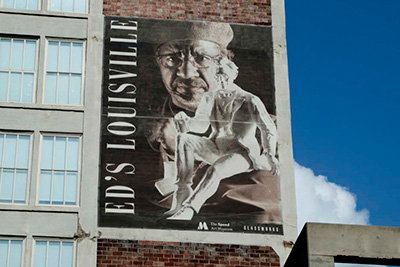"Radiate" by Sunny Ra, 32x48in, oil on canvas (2016), $1300 | BUY NOW
Artist, Sunny Ra. Photo by Dan Lubbers.
In striking abstract compositions, painter Sunny Ra uses the landscape form to investigate questions of identity in both a social and highly personal context.
“The foundation of my work originates from my experience of growing up Korean in Louisville, Kentucky. I did not have any Korean friends and since I spoke little Korean and could not read or write Hangul, I was an outsider in the Korean community. Similarly, I never quite identified myself as American since I was not white, and was living among majority white Americans. I remember people would ask me where I was from or comment on how well I spoke English. I grew up feeling and eventually believing that I did not belong anywhere - perhaps nowhere. It is from this limbo that my night landscapes emerge and my journey into the obscure and the unknown began.”
"Untitled #3" by Sunny Ra, 9x12in, pastel on paper (2016)
It is a common, and let’s be honest, lazy assumption to confuse an individual artist’s racial and cultural identity. Ra makes paintings with no overt ties to traditional Korean pictorial forms, and her formative culture was Middle American, so it is fascinating to hear how she connects the luxurious darkness of her imagery with an evolving personal journey.
“In these night landscapes, I revisit my childhood memories - what has been lost and what remains. Through the application of layers of paint, the images at first recognizable, slowly evolve and merge into the abyss of the dark palette. But through the darkness emerges light and color, a new image surfaces, perhaps this is where I belong.”
Hometown: Louisville, Kentucky
Age: 35
Education: MFA, Hunter College, CUNY, 2011; BFA, University of Pennsylvania, 2005; Painting Certificate, Pennsylvania Academy of the Fine Arts, 2005
Website: http://www.sunny-ra.com
"Harvest" by Sunny Ra, 11x14in, oil on paper (2016), $450 | BUY NOW
"Untitled #2" by Sunny Ra, 9x12in, pastel on paper (2016)
"Kinetic" by Sunny Ra, 14x11in, oil on paper (2016), $450 | BUY NOW
"Untitled #1" by Sunny Ra, 9x12in, pastel on paper (2016)
"Might" by Sunny Ra, 11x14in, oil on paper (2016), $450 | BUY NOW
Written by Keith Waits. Entire contents copyright © 2017 Louisville Visual Art. All rights reserved.
Are you interested in being on Artebella? Click here to learn more.


































